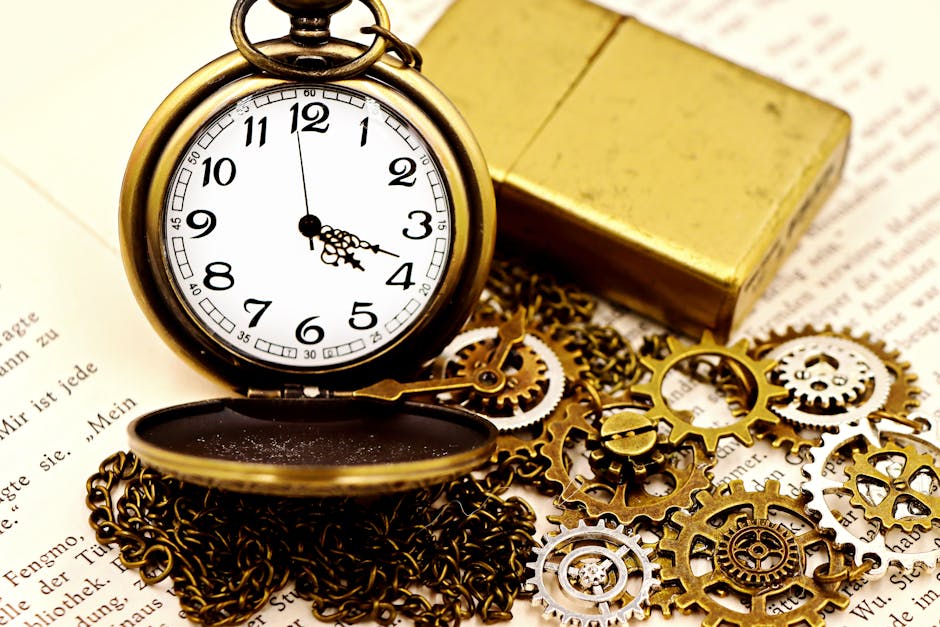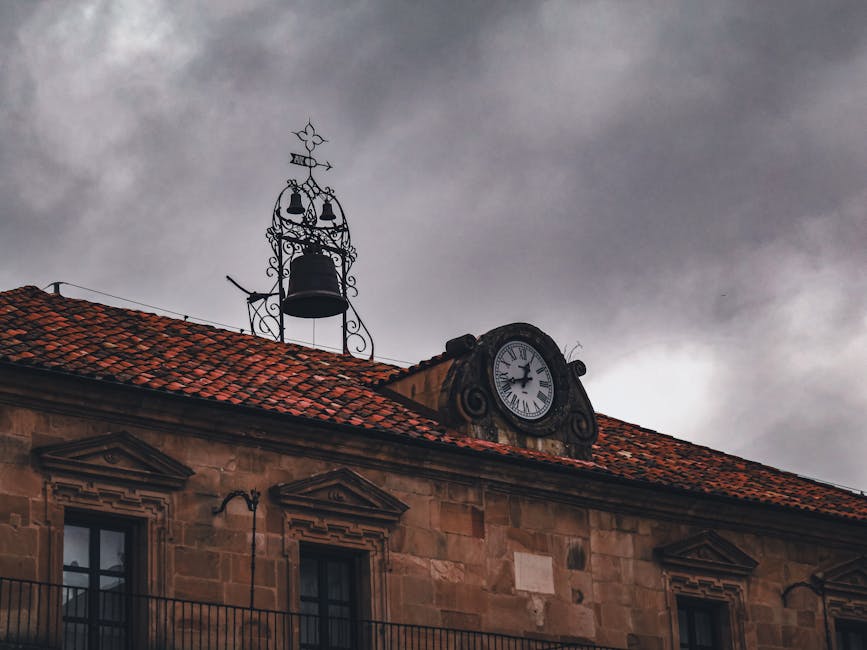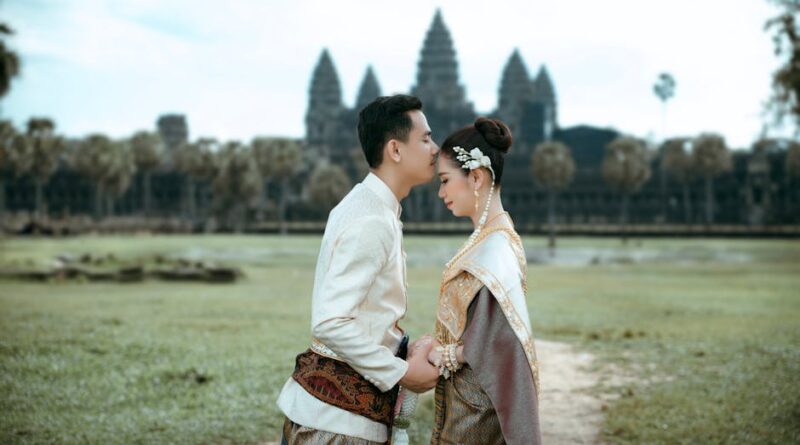Exploring the Evolution of Traditions Over Time
Traditions have long been an integral part of human society, shaping cultures, uniting communities, and providing a sense of continuity across generations. From religious ceremonies to family customs, traditions play a significant role in defining who we are and where we come from. However, traditions are not static entities; they evolve and transform over time, reflecting changing values, beliefs, and societal norms. In this article, we will delve into the fascinating world of how traditions evolve over time, uncovering the mechanisms behind this process and exploring the implications for individuals and societies.
The Origins of Traditions

Before we can understand how traditions evolve, it is essential to grasp their origins. Traditions often have deep historical roots, stemming from ancient rituals, practices, or events that have been passed down through generations. These origins can be religious, cultural, or social in nature, with each tradition serving a specific purpose within a community. For example, the tradition of exchanging gifts during the holiday season has its roots in various cultural and religious practices dating back centuries. Understanding the origins of traditions helps us appreciate their significance and the role they play in shaping our identities.
The Evolution of Traditions

As societies evolve and change, so do their traditions. The evolution of traditions is a complex process influenced by various factors, including globalization, technological advancements, and shifting societal values. One significant driver of change is generational shifts, as younger generations often reinterpret or modify existing traditions to align with their values and beliefs. For example, the tradition of marriage has evolved over time to encompass a variety of forms, from traditional religious ceremonies to modern civil unions and same-sex marriages. This evolution reflects changing attitudes towards marriage and relationships in contemporary society.
Impact of Globalization on Traditions

Globalization has also had a profound impact on the evolution of traditions, as cultures around the world become increasingly interconnected. While globalization has facilitated the sharing of traditions across borders, it has also led to the homogenization of cultural practices. As a result, some traditional customs and rituals are at risk of being diluted or lost as they are overshadowed by more dominant global trends. For example, the rise of fast food chains and Western fashion brands in developing countries has led to a decline in traditional culinary practices and clothing styles.
Adaptation and Innovation in Traditions

Despite the challenges posed by globalization, traditions continue to adapt and innovate in response to changing circumstances. Communities often find creative ways to preserve and revitalize their traditions, incorporating modern elements while staying true to their cultural heritage. For example, traditional festivals may incorporate new technologies or artistic forms to attract younger audiences and ensure the longevity of the tradition. This fusion of old and new elements can breathe new life into traditions, making them relevant and engaging for contemporary audiences.
Controversies Surrounding Traditional Practices
While traditions are often celebrated for their cultural significance, they can also be a source of controversy and debate. Some traditional practices may be outdated or harmful, perpetuating discriminatory beliefs or reinforcing social inequalities. For example, certain cultural traditions may restrict the rights of women or minority groups, leading to calls for reform or abolition. Such controversies highlight the need to critically examine and reevaluate traditions to ensure they align with modern values of equality and justice.
Preserving Traditions for Future Generations
As traditions continue to evolve, the challenge of preserving them for future generations becomes increasingly important. Efforts to safeguard cultural heritage and traditional practices are essential to maintaining a sense of identity and continuity within communities. Organizations and individuals dedicated to cultural preservation play a vital role in documenting, promoting, and passing on traditions to ensure they are not lost to time. By engaging in intergenerational dialogue and education, communities can ensure that their traditions remain vibrant and relevant for years to come.
Embracing Diversity in Traditions
One of the most remarkable aspects of traditions is their diversity, reflecting the rich tapestry of human experience and creativity. Embracing diversity in traditions involves recognizing and respecting the unique customs and practices of different cultures, fostering mutual understanding and appreciation. By celebrating the variety of traditions that exist around the world, we can promote cultural exchange and dialogue, breaking down barriers and building bridges between communities. Embracing diversity in traditions is essential for promoting peace, harmony, and cooperation in our increasingly interconnected world.
Common Misconceptions about Tradition Evolution
Despite the dynamic nature of traditions, there are several common misconceptions about how they evolve over time. One common misconception is that traditions are fixed and unchangeable, rooted in the past and resistant to innovation. In reality, traditions are constantly evolving and adapting to new circumstances, reflecting the changing needs and values of society. Another misconception is that traditions must be preserved in their original form to retain their authenticity. While preserving the core elements of a tradition is important, allowing for innovation and adaptation can ensure its relevance and sustainability for future generations.
FAQs about How Traditions Evolve Over Time
1. Can traditions disappear completely over time?
While some traditions may decline or become less prevalent, it is rare for a tradition to completely disappear. Traditions often adapt and evolve to suit changing circumstances, ensuring their survival in some form.
2. How can individuals contribute to the evolution of traditions?
Individuals can contribute to the evolution of traditions by actively participating in cultural practices, sharing their knowledge and skills with others, and incorporating modern elements into traditional customs. By engaging with traditions in meaningful ways, individuals can help ensure their vitality and relevance for future generations.
Conclusion
In conclusion, the evolution of traditions over time is a dynamic and multifaceted process that reflects the changing nature of human societies. From the origins of traditions to their adaptation and innovation in the modern era, traditions serve as a link between the past, present, and future, connecting individuals and communities across time and space. By understanding how traditions evolve and embracing their diversity, we can enrich our lives, foster cultural exchange, and promote mutual understanding and respect. As we navigate the complex landscape of tradition evolution, let us remember the importance of preserving our cultural heritage and passing on our traditions to future generations, ensuring that they continue to thrive and inspire for years to come.




